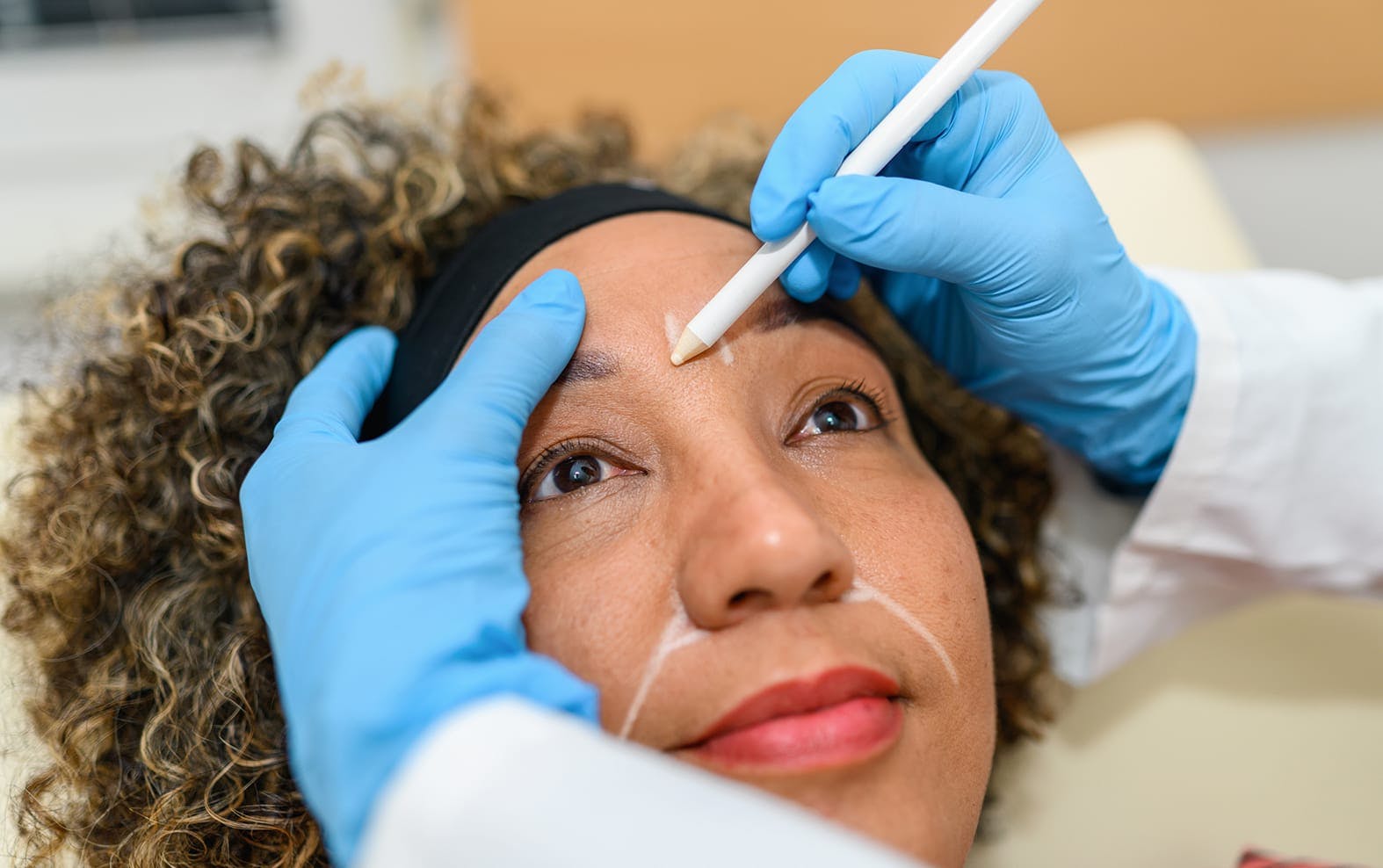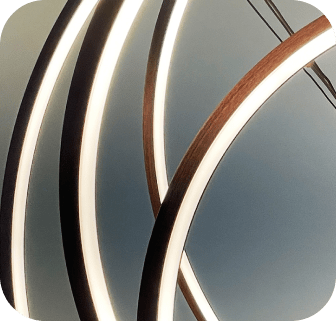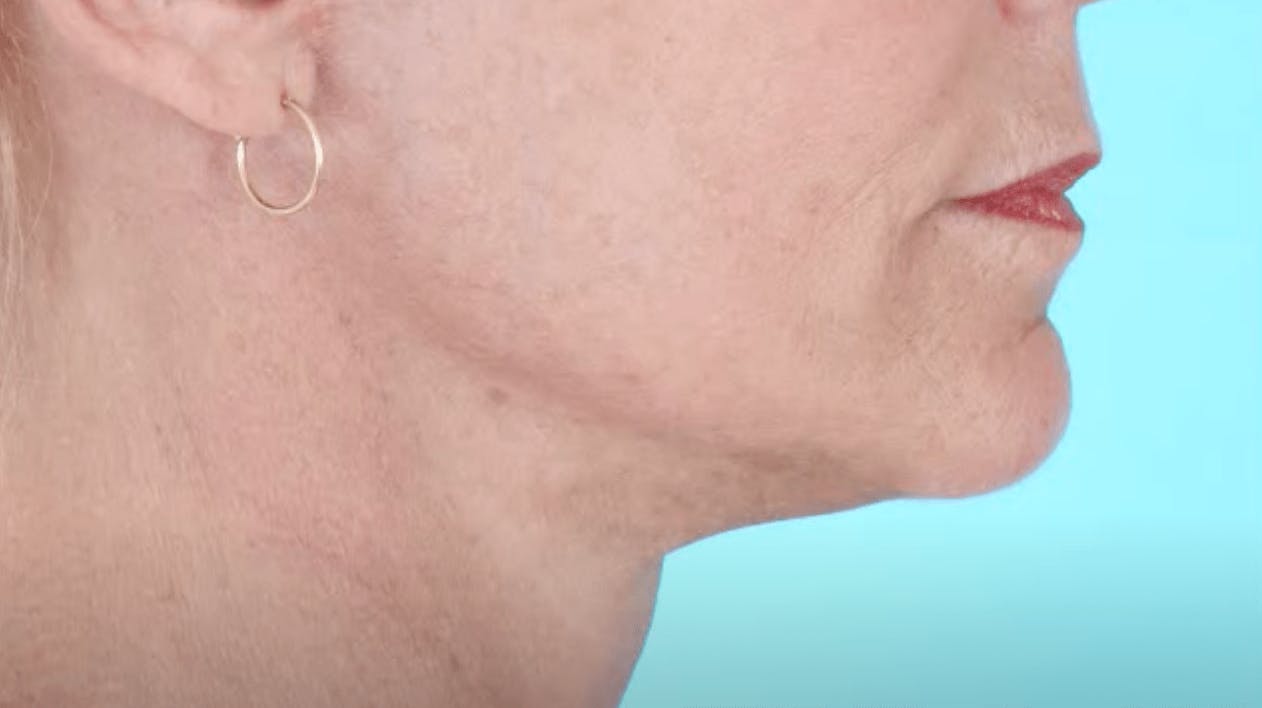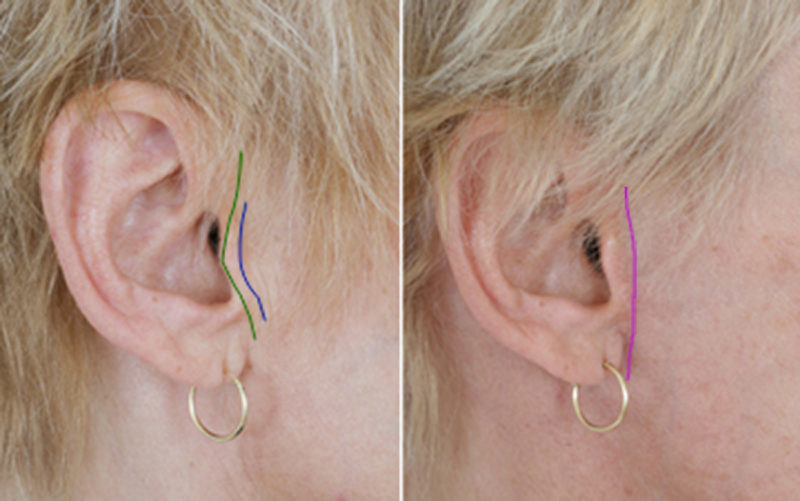Facelift Scars are one of the bigger concerns from men and women alike. While each individual has limitations in their ability to heal, their are techniques to minimize their scarring. Dr. Shah is an advocate of meticulous suturing and camouflage techniques to minimize the appearance of facelift scarring.


Facelift Scars and Incisions
In this video example, this patient can be seen before and after facelift. Due to her short hair, hiding the scars along her hairline is critical. Postoperatively, her scars have healed adequately so that she can continue to wear her hair short and not have any visible stigma of a facelift.

For many patients, men and women alike, potential scars after a facelift can be a concern. A facelift expert is able to work with a variety of hair types and hair styles so that facelift scarring is well concealed. There are a few techniques to minimize scarring. Dr. Shah is an advocate of meticulous suturing and camouflage techniques. Proper placement of the incisions behind the ear hide these incisions well. But for men or patients with short hair, placing the incisions behind the ear is not enough- they need to be hard to see. It is essential that the facelift does not create cause tension to the skin. A deep plane lift that lifts on just the skin, but rather the muscle underneath eliminates the tension that traditional lifts can create. Careful and calculated suture placement is also critical.

While each individual has limitations in their ability to heal, these techniques greatly reduce the risk of scarring. Many patients ask what are the best gels or creams to minimize a scar after surgery. Here is the answer: the secret to getting the best scars possible is in the surgeon themself. The surgeon will help determine where the scars are placed, how they are sutured, and what type of lift is being performed. These factors play an enormous role in the quality of the scars.
First of all, scar placement is one of the key steps to concealing scars. Scar placement within the hair, behind the ear, and within natural borders of the skin are important in scar concealment. Scars within the hair are typically designed so that their is no hair loss and that the patients can wear a variety of hairstyles. Behind the ears, can mean a variety of different things. First of all, the surgeon can make a pre tragal (See photo, blue line) or post tragal incision (Green line). The tragus is the little portion of the ear which sticks out from the ear in the very front of it. It does not help in hearing, however, it can be a useful piece of anatomy to cover up a facelift scar. Some surgeons take advantage of this by going post tragal, or hiding the scar behind the tragus. Other surgeons opt for the scar to be located in front of the tragus with a straight line (see second photo, pink line). There are several reasons why the post tragal incision is more desired. First of all, a scar behind the tragus is less visible than a scar in front, due to it being much more difficult to see inside the ear to see this scar. Second of all, our eyes pick up straight lines quickly. By breaking up the scar with an incision hidden in a gentle S format, this is much more difficult to see than a straight line scar.
So why doesn’t every surgeon use a post tragal scar? First of all, it takes more time to perform a post tragal incision. Some surgeons would rather save a few minutes by making a straight line in front of the ear. While the amount of time is a factor, it should NOT be at the expense of scars, especially scars on your face. In addition, the incision must be artfully drawn and then incised behind the ear. It is also more technically difficult to make a post tragal scar look good than a pre tragal incision. Surgeons need to contour the tissues around the ear, sometimes thinning the skin and adding special sutures to create natural contours in this area. Some surgeons may not be trained to create a good looking tragus. While making a scar behind the ear (tragus) may take longer and be more technically difficult than a scar in front of the ear, it has the benefits of better scar concealment.
In addition, the scars are placed around the earlobe. The earlobe is different in patient to patient, with some patients having naturally attached earlobes, versus others having hanging earlobes. A youthful earlobe, is typically small, plump and not attached to the face. The scars around the earlobe are placed in the crease near the ear. When properly executed, the earlobe will retain a similar shape to its preoperative earlobe and similar orientation (earlobe not being pulled forward). In some cases, surgeons can try and stretch the skin and make it tight around the earlobe. Unfortunately, while this sounds good in concept, can lead to a stretched and attached earlobe. The key to a good facelift is lifting the underlying tissue and not trying to have the skin stretch things forward.
Scars are also placed behind the ear in a location called the postauricular sulcus. This location allows the patient the scar to hide within a natural crease. The scar here when properly placed, will set in the crease, making it an excellent location for scar concealment.
Finally, scar placement within the hair can make visibility of scars even more difficult. There are several keys to placement of scars within the hairline. First of all, scars should not cause shifting of hairline. Hairline shifts can cause the patient to have unusual appearance and look less attractive, counteracting the goal of the facelift. Surgeons should also make sure the placement of the scars does not cause hair loss.
A less obvious solution to improving facelift scars is the type of lift itself. Surgeons who place tension on skin will often result in patients with stretched scars. A proper facelift places the tension on the deeper tissues. The deeper tissues are then used to lift the tissues. The excess skin is then trimmed without tension. Why do surgeons sometimes place tension on the skin? If a surgeon is using a less sophisticated lifting technique, he/she will place tension on the face scars which will lead to both poor scar formation as well as a face with minimal improvement in facial aging. Surgeons who use these techniques do so because they are either unfamiliar with facial anatomy, more advanced facelifting techniques, or more not be qualified to work on faces.
Overall, scar concealment after a facelift involves planning from the surgeon, technical excellence in closure techniques, and a sound fundamental approach to rejuvenating the face.
To read more about Facelifts, click here.
